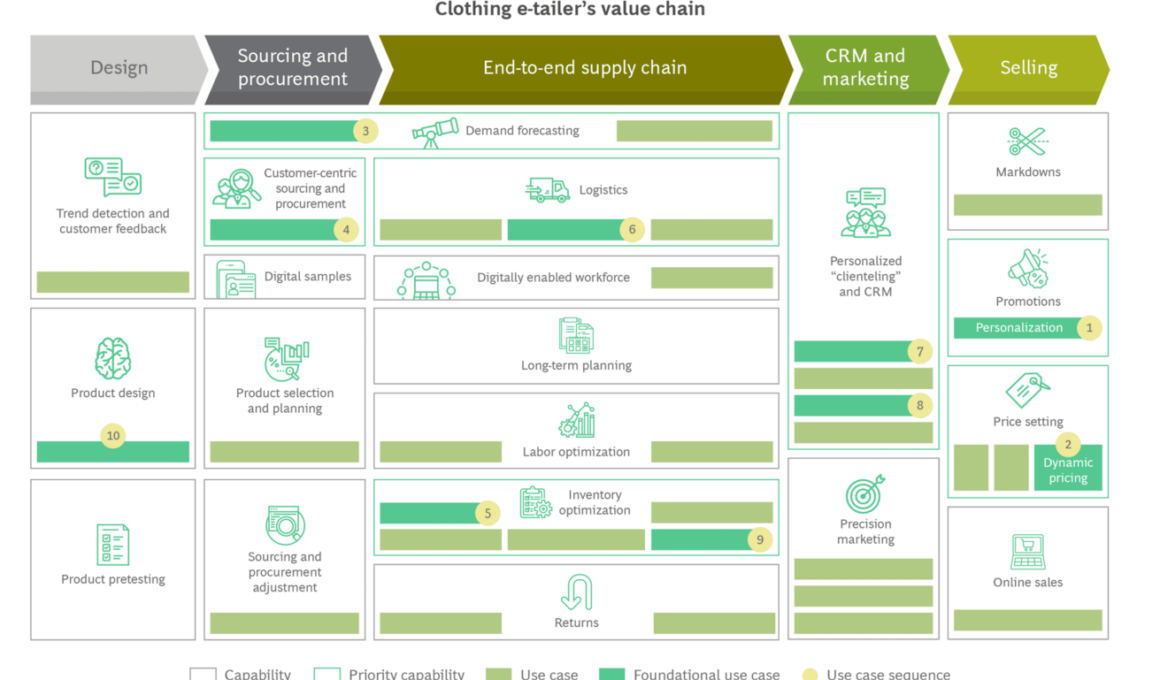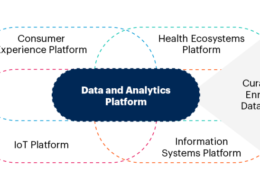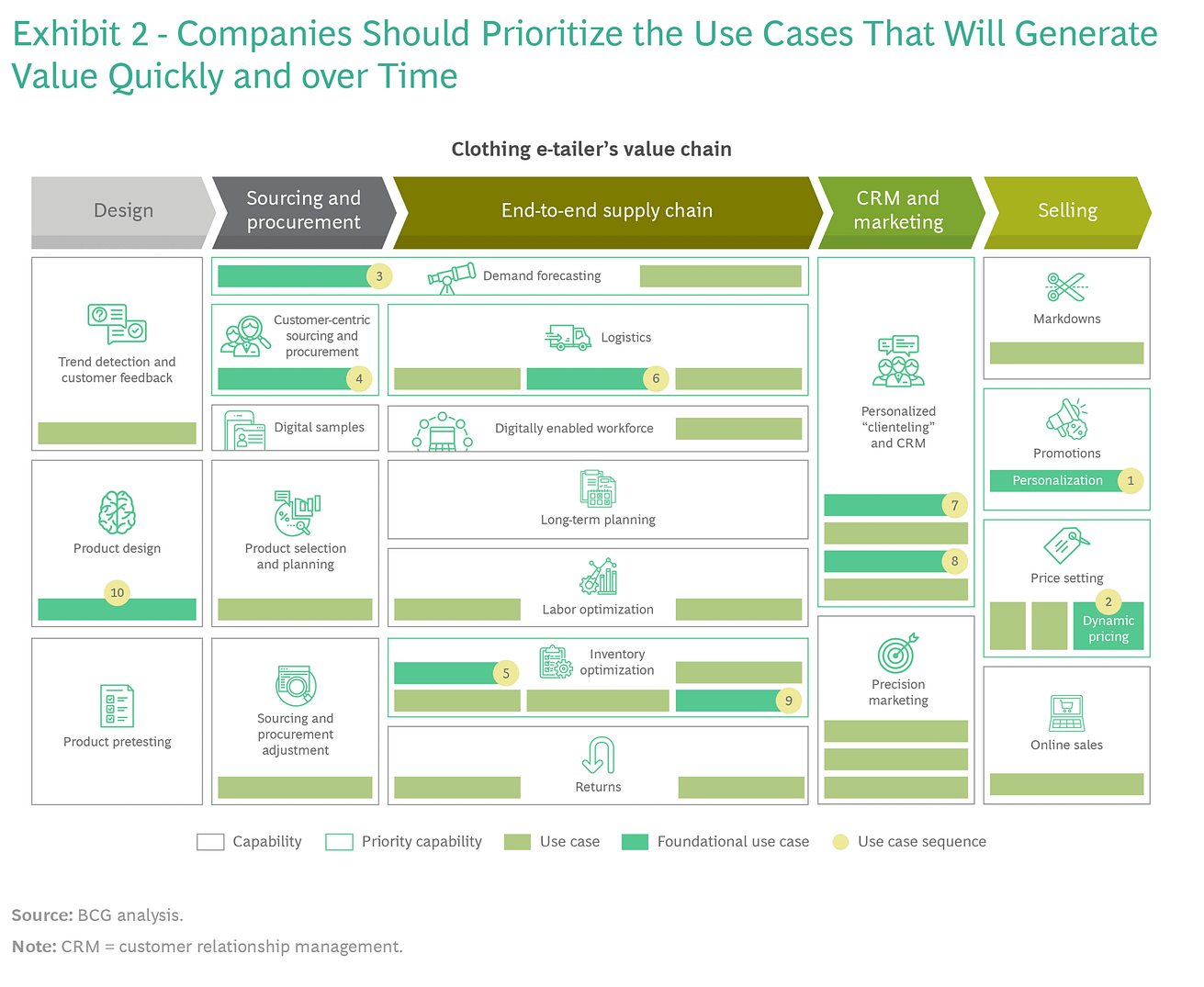
This is republication of the paper “A Ninety-Day Plan to Build a Data and Digital Strategy — applying “the data trinity” framework”, with the title above.
institute for health transformation (IHT)
research, strategy and advisory consulting
Joaquim Cardoso MSc
January 18, 2023
SOURCE:
A Ninety-Day Plan to Build a Data and Digital Strategy — applying “the data trinity” framework
Marc Schuuring, Lucas Quarta, Aziz Sawadogo and Canberk Kora
June, 2022
Many companies suffer slow, costly data and digital transformations that delay or even prevent their businesses from achieving their goals and capturing value.
The reason is that very often, a company’s business and IT sides each pursue their own data and digital transformation in parallel, rather than coordinate the planning and sequencing of their initiatives.
To remedy the disconnect, a company should have both sides take a step back from their transformation initiatives and jointly define a North Star.
This exercise entails examining the organization’s broader digital ambitions as well as identifying what we call the data trinity:
- data use cases that are important to the business,
- the data assets that power the use cases, and
- the data and technology architecture that makes the data assets accessible.
The exercise also calls for sequencing the use cases, as well as the data projects and architecture modernization initiatives necessary to implement them.
Many companies suffer slow, costly data and digital transformations… The reason is that very often, a company’s business and IT sides each pursue their own data and digital transformation in parallel, …
To remedy the disconnect, a company should have both sides take a step back from their transformation initiatives and jointly define a North Star.
Defining a North Star typically takes only 60 to 90 days, and it is time well spent.
The exercise greatly accelerates a data and digital transformation, letting a company realize its business goals sooner.
Structure of the publication
- Introduction
- Accelerating Time to Value
- Learning to Compete in the Digital Game
- The North Star in Action

Accelerating Time to Value
Key to swiftly achieving the goals of a data and digital transformation and unleashing its value-and an important reason for bringing the business and IT sides together-is explicitly matching the business strategy to the company’s data assets and architecture.
Unfortunately, a major problem for many companies is that they lack vital data capabilities and are therefore constrained by a subpar understanding of their data.
BCG’s 2021 Data Capability Maturity Assessment (DACAMA), for which we surveyed more than 1,100 companies worldwide in nine major industry clusters, showed that …
… most companies fail to meet their data maturity goals.
One reason for falling short is that companies are often unclear about the value proposition of their data initiatives. Consequently, they take tentative, incremental steps, which slows their progress.
Another reason is that they lack creative strategies for leveraging data modernization opportunities.
Moreover, many companies suffer from a corporate culture that resists adopting data-driven decision making.
Most companies fail to meet their data maturity goals, because: (1) companies are often unclear about the value proposition of their data initiatives, (2) they lack creative strategies for leveraging data modernization opportunities, and (3) many companies suffer from a corporate culture that resists adopting data-driven decision making.
Defining a North Star is a way to remedy a low level of data maturity.
By continuously and iteratively identifying and prioritizing data use cases, mapping and organizing data assets, and selectively updating the architecture, a company matures its data capabilities, thereby accelerating its data and digital transformation. (See Exhibit 1.)
Exhibit 1 — Putting the Data Trinity in Motion Improves Data Maturity and Business Outcomes
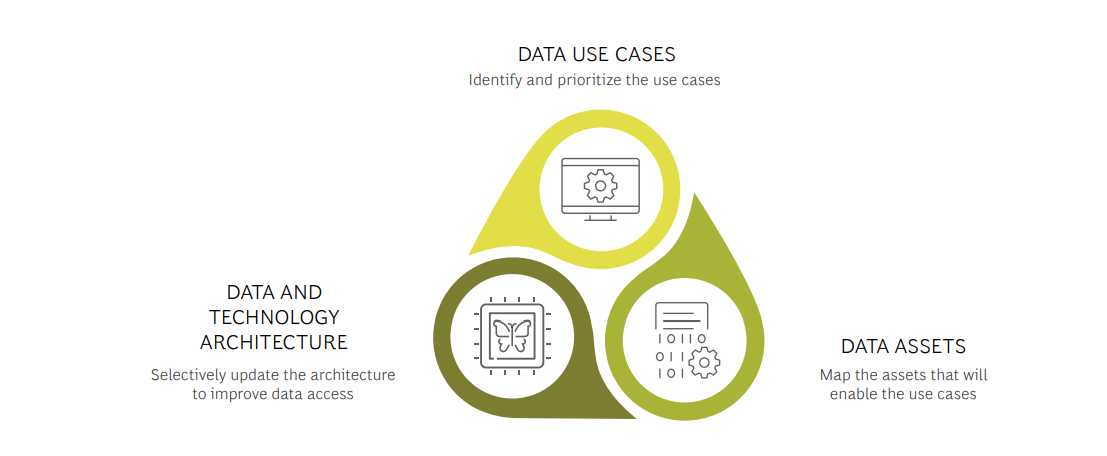
Defining a North Star is a way to remedy a low level of data maturity.
By continuously and iteratively identifying and prioritizing data use cases, mapping and organizing data assets, and selectively updating the architecture, a company matures its data capabilities, thereby accelerating its data and digital transformation.
Learning to Compete in the Digital Game
Companies embarking on a data and digital transformation are, in effect, trying to compete in a whole new way.
And to do so, they need to understand what’s required-the table stakes, so to speak-when rivals already enjoy a high level of data and architecture maturity.
Unfortunately, many companies get bogged down discovering the requirements.
But that process need only take 60 to 90 days.
To speed the process, we identified 10 to 15 foundational use cases that companies must implement to contend in their industry.
In fashion e-commerce, for example, the basic use cases include demand forecasting, personalization, and real-time order fulfillment estimation.
A company then needs to sequence its foundational use cases on the basis of two considerations:
- what will generate value quickly and continually, and
- what is feasible from a data and architecture point of view.
The real art of sequencing is in choosing the use cases-and the accompanying data and architecture upgrade initiatives-that will achieve early results fast while laying the groundwork to accelerate future use cases.
In fact, correctly sequencing the use cases is as important for success as is implementing the data and architecture initiatives.
Eventually, the sequencing discipline allows a company to move beyond the foundational use cases and roll out use cases that help differentiate it in the market.
To better understand how this process helps companies compete, let’s consider the three data elements of the North Star in the context of a clothing e-tailer.
- Data Use Cases
- Data Assets
- Architecture
Data Use Cases. As part of defining a North Star, a company needs to map where various capabilities reside across the value chain and identify the use cases that these capabilities make possible. Capabilities serve as springboards for use cases. This process allows the company to understand where the 10 to 15 foundational use cases reside in the value chain. The company can then sequence the roll out of the use cases.
For example, in the selling stage of its value chain, the clothing e-tailer decided to make personalization a top priority use case. (See Exhibit 2.) That decision required leveraging the capability it described as promotions-and committing to improving it. The e-tailer realized that to compete at the most basic level, it needs to use internal data to recognize various types of customers and offer them personalized product recommendations. Eventually, to differentiate itself using personalization, the company will need to incorporate customer behavior analytics and integrate external data.

Data Assets. Data and digital transformations must have the very best data. Yet many companies still have not identified the data that gives them a sustained competitive advantage. That lack of data maturity is hindering their data strategies and business outcomes.
When defining its North Star, a company must identify the specific data assets that it needs to fuel its use cases. In the case of the clothing e-tailer, it began this exercise with a generic list of retail data assets and modified it, eliminating those data assets that were not relevant to clothing e-tailers (such as manufacturing data). The result was a list of data assets that all clothing e-tailers need.
With this list in hand, the e-tailer began to map where its data assets reside within the company, organized the data assets into data domains that specified ownership of the data assets to avoid any gaps or overlaps, and assessed the quality of those assets. Then it could determine how to add analytic functions, integrate data sets, and adapt the corporate culture to use data optimally. This approach to data assets differs from the typical IT environment, requiring senior leaders to make several mental flips.
The company’s identified owners were then responsible for these various data assets and improving their quality to implement specific use cases. For example, to fuel its personalization use case, the company needed to know where to find customers’ profile data, as well as the company’s order data, stock data, and product and pricing data-and determine the data’s quality.
Then-and this is critical-the e-tailer sequenced the rollout of use cases so that, to the extent possible, the first wave leveraged and improved data assets that would benefit subsequent use cases, accelerating their deployment and the business impact. (See Exhibit 3.)
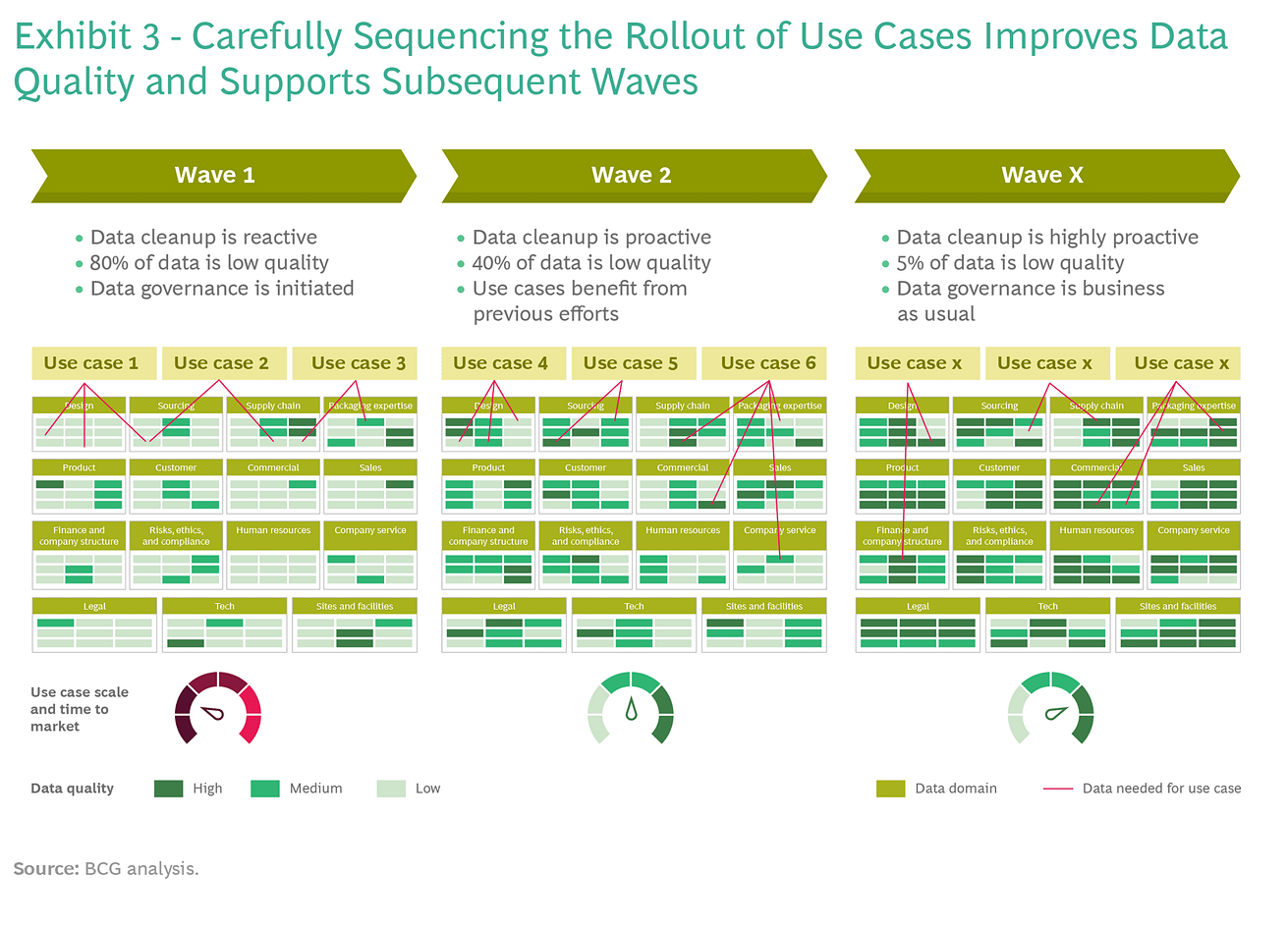
A rule of thumb for sequencing use cases is that the first wave should involve improving about 80% of the data required for all of the company’s foundational use cases. The higher this percentage is, the faster subsequent waves of use cases can occur (eventually moving beyond foundational use cases to differentiating use cases).
Architecture. Companies need to evolve their technology stack and move from a monolithic to a modular architecture in order to free their data and take advantage of new technologies. A data and digital platform is an architecture that lowers costs and improves speed and agility by decoupling front-end capabilities from data, liberating data from core transactional systems, and enabling smart business engines with machine learning and artificial intelligence (AI) capabilities.
With this goal of a decoupled architecture in mind, defining a North Star requires selectively updating the architecture.
This process requires identifying and mapping the reference architecture needed to access and use the data assets.
In the case of the clothing e-tailer, mapping the reference architecture meant beginning with a generic retail architecture and modifying it to eliminate the components not relevant to clothing e-tailers (such as store management). The result was a fit-for-purpose architecture specific to the needs of clothing e-tailers.
With this map in hand, the e-tailer could compare its current architecture with the architecture necessary to access and use its data, identifying critical gaps.
For example, to implement its personalization use case, the company found that its master data sources needed reliable access to data sets. It needed its websites and web apps to collect customer behavior data.
And it needed AI models and other modules to track and collect external data, as well as an analytics platform to analyze the data collected.
As with the data assets, companies should prioritize and sequence architecture modernization initiatives so that the first wave of architecture upgrades provides the underpinnings for a high percentage of all the upgrades necessary to enable the foundational use cases.
The higher this percentage is, the faster subsequent waves of use cases can occur, enabling companies to eventually move beyond foundational use cases to differentiating use cases. (See Exhibit 4.)
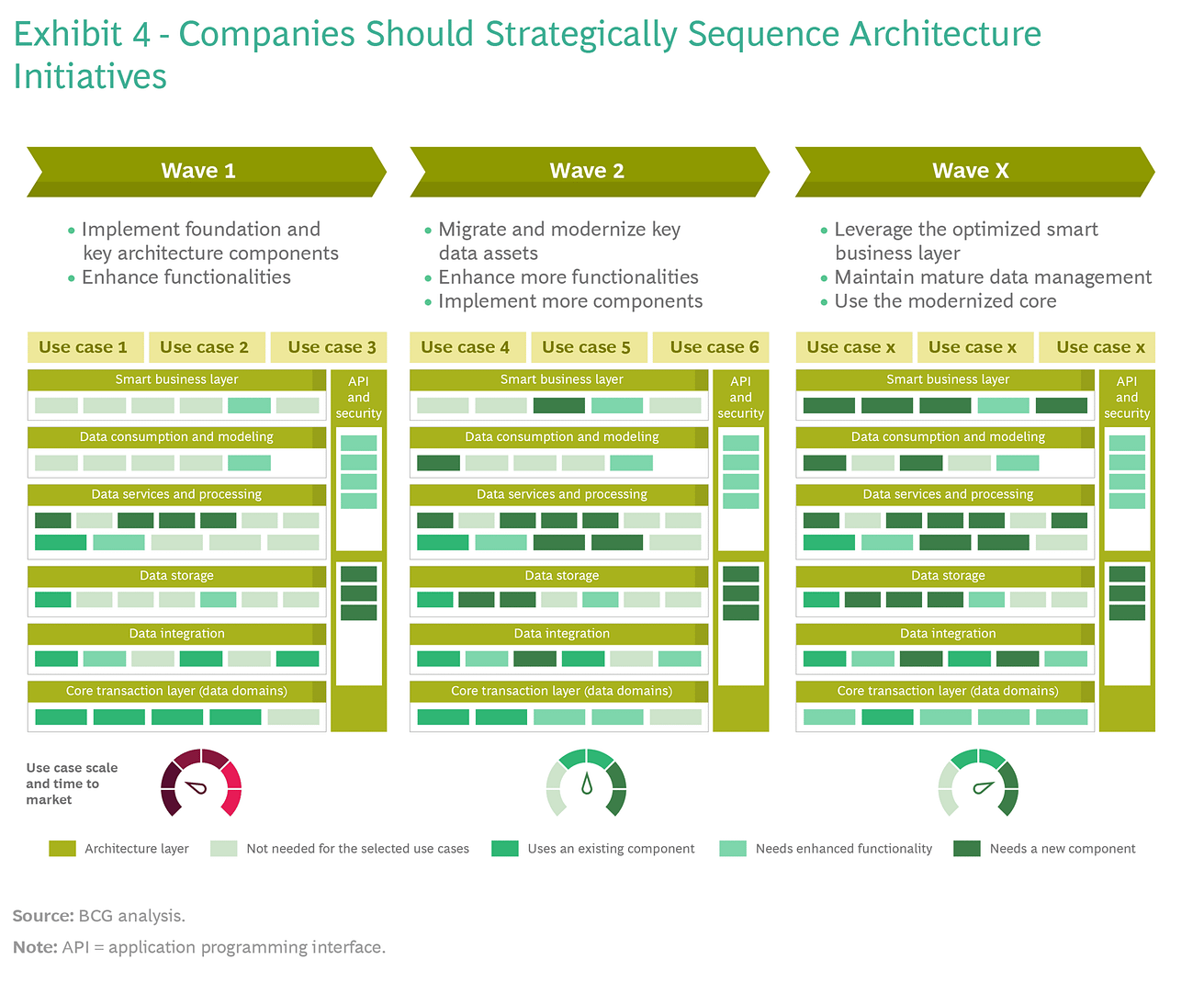
The North Star in Action
The data trinity gives a North Star its gravitation pull to guide and accelerate a company’s data and digital transformation for three to five years. Several companies have experienced the benefits.
A global industrial goods company with more than 100,000 employees had made two attempts to implement a digital transformation.
The efforts involved hundreds of digital, automation, and AI projects in functional silos.
IT had made significant investments in digital platforms, but there was no overarching plan and no discernible benefit to the business.
Frustrated, the company hired a tech-savvy head of digital transformation with strong operational experience and a deep understanding of how the company worked.
The leader got the executive team involved, embarked on a North Star project, and oversaw the selection of ten key use cases.
These use cases forced the company to identify data assets that provided a competitive advantage and harmonize them to ensure their quality.
The North Star project also specified requirements for the data platform and overall architecture. As a result, the company now has a much better foundation to support the use cases.
In another case, a global home furnishings retailer wanted to digitize the customer experience.
he company started by defining its North Star. Its broad, common ambition was to implement a customer platform across multiple markets to create an end-to-end, highly personalized customer journey. It then identified the use cases, data assets, and architecture components necessary to realize the ambition. With a North Star as a guide, the business and IT sides collaborated to fully implement three use cases in just eight months.
To solve the disconnect that often exists between IT and business priorities, the two sides need to coordinate their initiatives far earlier than is typical today and consider the organization’s broader ambitions.
By using a North Star to align on specific use cases, data projects, and architecture modernization initiatives from day one, the company can ensure that it doesn’t move in the wrong direction, ultimately accelerating and improving business outcomes.
Originally published at https://www.bcg.com on June 24, 2022.




